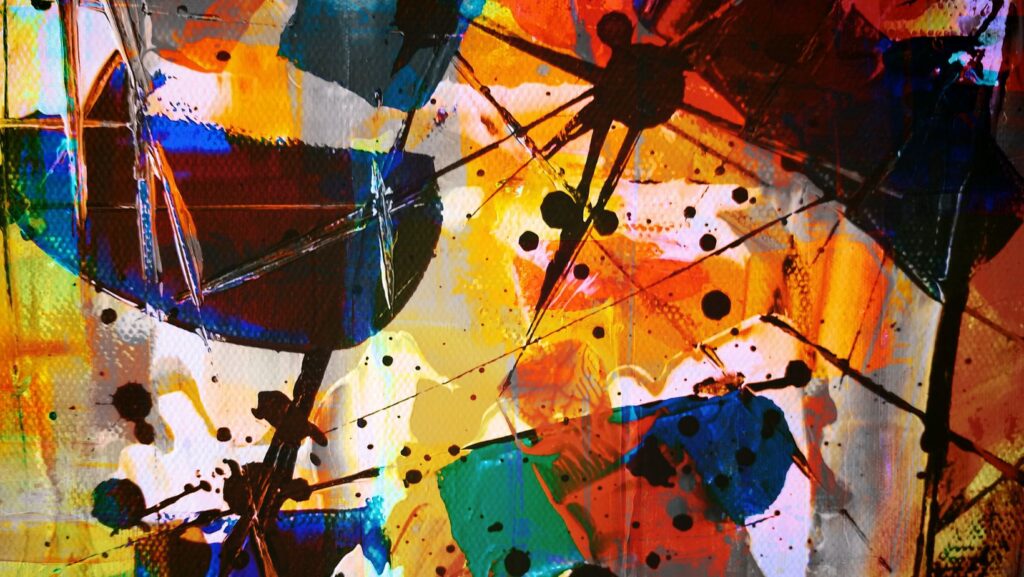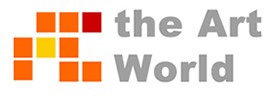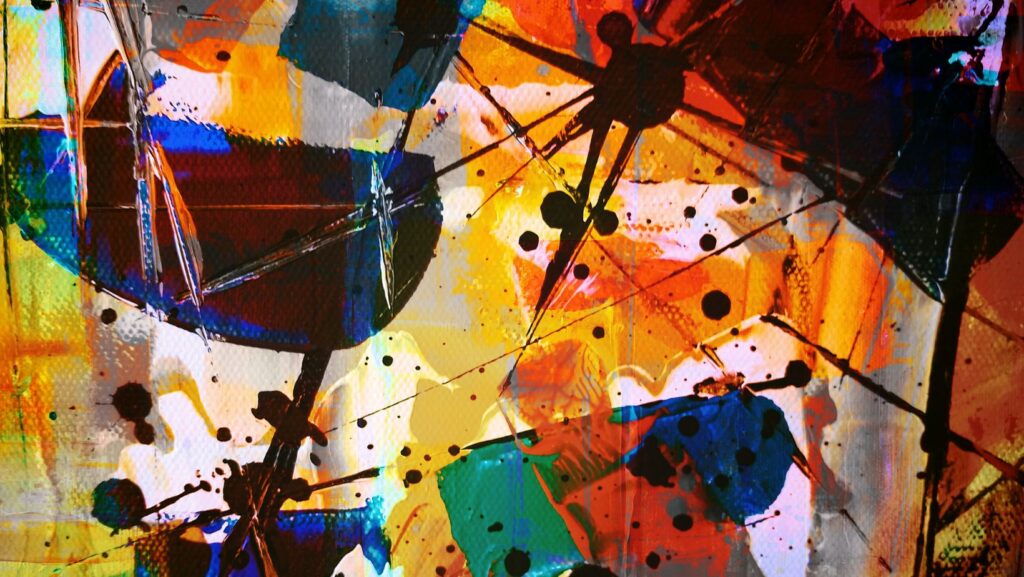Viktoriia VICTO Isaeva is an artist, curator, and visionary redefining what feminine leadership in art truly means. As the founder of ArtSeeker Gallery in Brooklyn, she has built one of the city’s most dynamic and inclusive creative spaces — a place where immigrant women artists transform their personal histories into universal statements of resilience, courage, and identity.
Isaeva’s gallery stands apart from the polished, silent institutions of the art world. ArtSeeker is raw, unfiltered, and unapologetically human — a space filled with stories, not slogans. Here, the voices of women from Russia, Ukraine, Georgia, and beyond find their echo in the heart of New York. Each artist brings the precision of Russian academic training and blends it with the rhythm and rebellion of Brooklyn’s streets, creating art that is both intellectually sharp and emotionally charged.
“I’ve always believed art should be alive,” says Isaeva. “It should provoke, connect, and challenge. For many immigrant women, creativity isn’t a luxury — it’s a survival instinct. It’s how we translate our experience of displacement into something meaningful.”
That philosophy has made ArtSeeker a cultural bridge between worlds. Under Isaeva’s leadership, the gallery has become a home for artists whose perspectives have long been marginalized — women who carry both the weight of migration and the fire of reinvention. Their works touch on memory, loss, feminism, and freedom, forming a collective narrative that reflects the complexity of modern womanhood. The result is not just an exhibition program — it’s a statement of empowerment.
The impact of this mission was on full display at the Affordable Art Fair New York 2025, where ArtSeeker Gallery captured the attention of critics and collectors alike. Visitors were drawn to the authenticity of the stories and the emotional force behind each piece. Critics praised Isaeva’s curatorial vision for “bridging cultural and gender divides through aesthetic honesty.” Her booth became one of the fair’s most discussed installations, shining a spotlight on immigrant women as key voices in contemporary art.
ArtSeeker Gallery is equally known for its unconventional public projects. Isaeva and her team bring art into everyday life — hosting pop-up exhibitions in the streets of DUMBO, asking passersby what they feel, whether they’d hang a piece at home, or gift it to an ex. These spontaneous moments of interaction turn art into dialogue, breaking down barriers between creators and the community. It’s feminism in motion: practical, participatory, and grounded in empathy.
As an artist herself, Viktoriia explores transformation and self-empowerment through visual language. Her paintings often blur the boundaries between fragility and force, evoking the experience of women rebuilding identity after migration. As a curator, she applies that same emotional intelligence to elevate others — using ArtSeeker as a platform for connection rather than competition. Her exhibitions remind audiences that art is not merely decoration but a form of communication, resistance, and rebirth.
“Art carries identity across borders,” Isaeva explains. “It reminds us that every story matters — especially the stories of women who create while rebuilding their lives. My mission is to make sure they are not just seen but truly heard.”

Today, Viktoriia Isaeva is recognized as one of the most promising cultural leaders in the New York art scene. Her vision of inclusion and solidarity is shaping a new chapter in American contemporary art — one defined not by isolation, but by exchange. In the coming years, she plans to expand ArtSeeker Gallery’s collaborations with museums, universities, and public spaces, ensuring that immigrant women artists continue to have a powerful and visible place in global culture.
Viktoriia’s story is proof that the future of art lies in connection — in the space where Russian soul meets American energy, where women’s experiences turn into shared heritage, and where creativity builds bridges stronger than borders. Her work doesn’t just ask what art can be — it answers the question of who it’s for.

